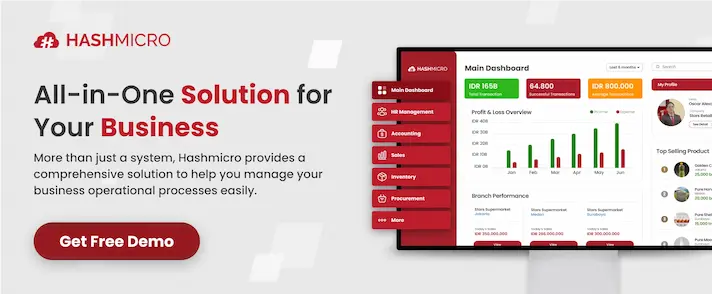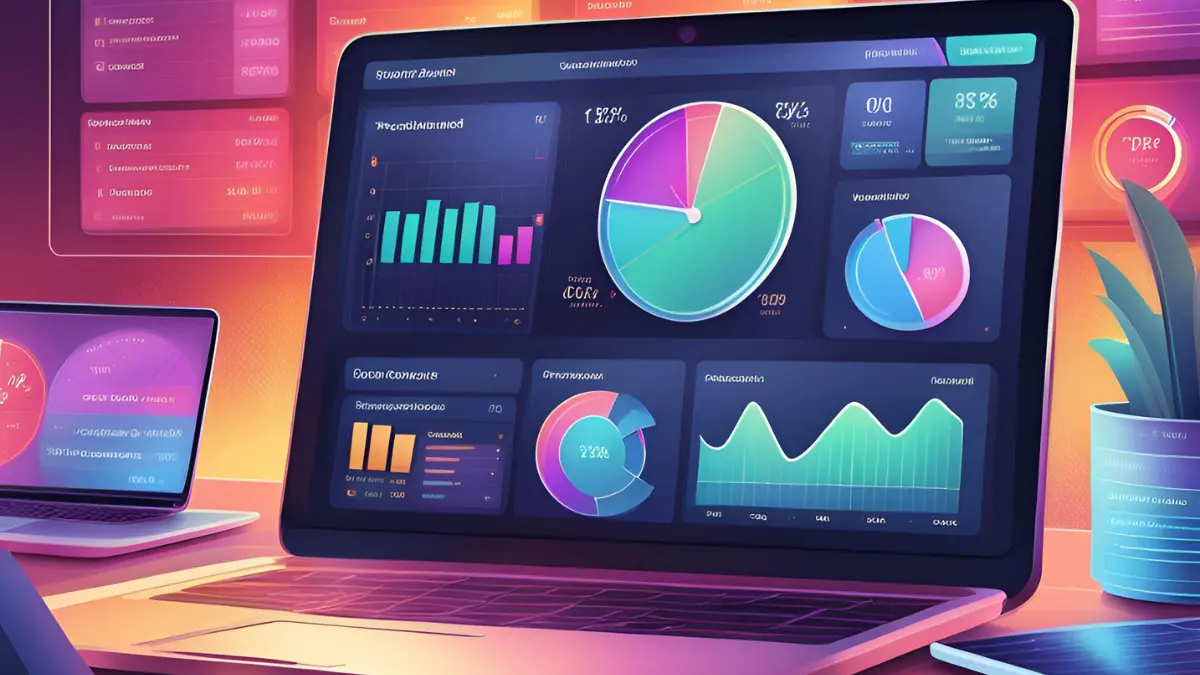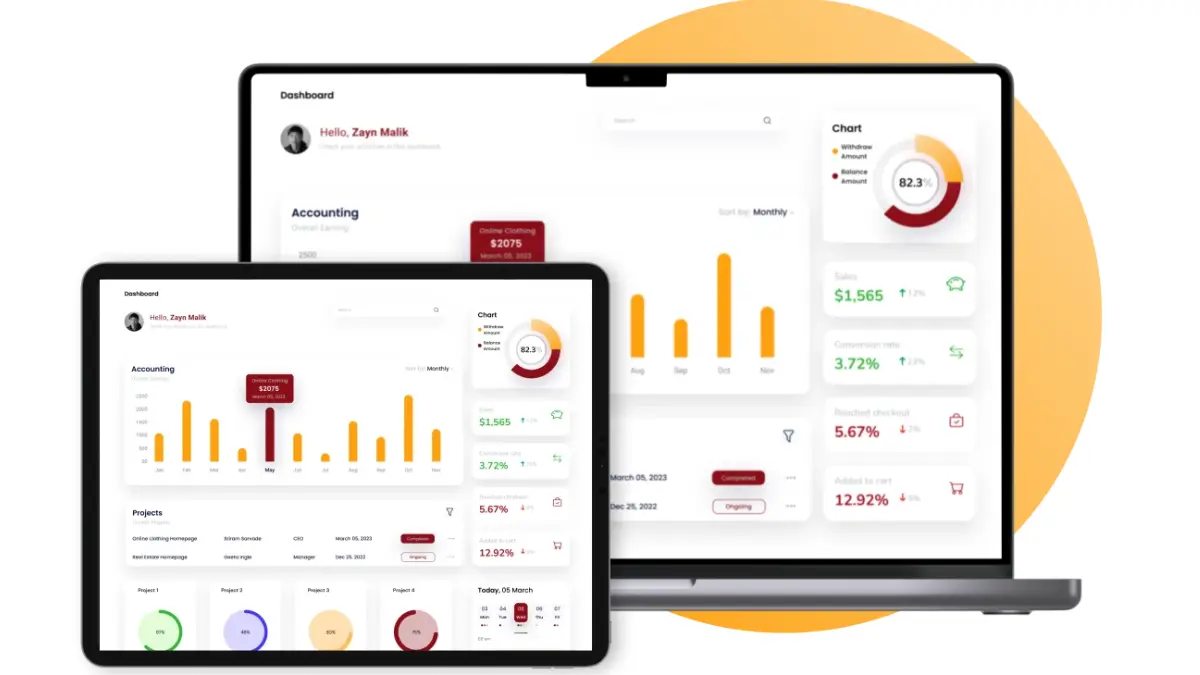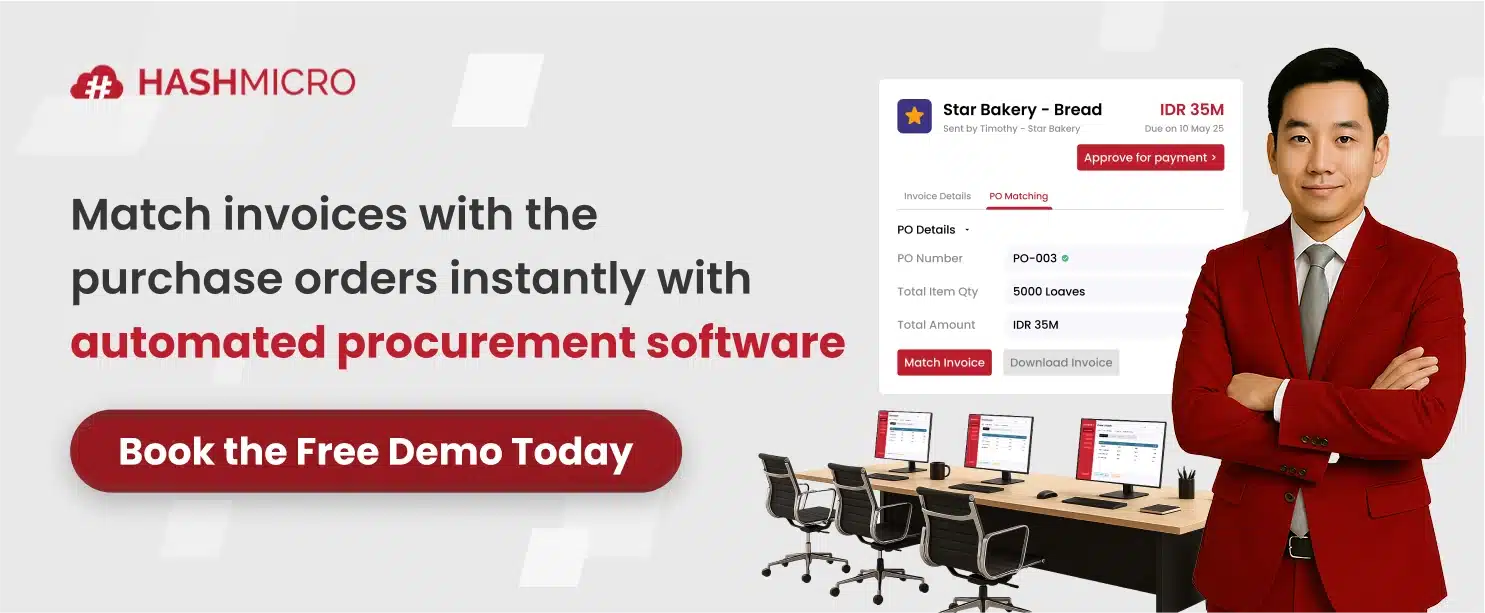Purchase Price Variance (PPV) is a critical financial metric that highlights the difference between the actual price paid for goods and their pre-established standard cost. It serves as an essential tool in managing and monitoring the cost discrepancies arising from procurement activities.
Without the right software, businesses face significant risks such as fluctuating market conditions can result in unpredictable supplier pricing, while unrealistic standardized costing can lead to considerable discrepancies. These challenges underscore the need for robust software capable of adapting to complex financial environments.
Moreover, according to the Business Times, companies in Singapore are increasingly integrating sustainability into their procurement practices. This shift not only addresses environmental, social, and governance (ESG) factors but also improves overall procurement efficiency.
Implementing sophisticated procurement software that effectively tracks and improves the PPV metric can be crucial. To find out more, this article will explain what Purchase Price Variance is and how to calculate it, which will be very useful for your Singapore business.

Key Takeaways
|
What is Purchase Price Variance (PPV)?

Purchase Price Variance (PPV) is the financial discrepancy between the actual price paid for an item and its predetermined standard price, multiplied by the quantity purchased. This variance is key in procurement, highlighting differences between planned and actual costs.
Recognizing these variances allows businesses to pinpoint inefficiencies and unexpected opportunities within their purchasing strategies. Moreover, understanding PPV helps companies adjust their procurement tactics to better align with market conditions and supplier negotiations.
Moreover, by diligently monitoring PPV, companies can more effectively control their budgeting processes and improve financial forecasting. This vigilance not only ensures cost-effectiveness but also enhances the overall financial stability of the organization.
Why is Purchase Price Variance Important?

Purchase Price Variance (PPV) is an indispensable performance metric for businesses aiming to closely monitor and control their procurement spending. It provides invaluable insights into the alignment of actual spending against budgeted costs, helping companies pinpoint areas where financial efficiencies can be enhanced.
Below, this article will explore the critical reasons why understanding and managing PPV is essential for maintaining cost control and driving overall business profitability.
- Cost control: Understanding purchase price variance is crucial as it directly impacts a company’s cost of goods sold and overall profitability. By monitoring these variances, businesses can identify cost-saving opportunities and adjust their purchasing strategies to optimize expenditures.
- Budgeting and planning: Accurate knowledge of purchase price variance helps in forecasting and budgeting with greater precision. This foresight enables companies to allocate resources more effectively, ensuring financial stability and planning for future growth without unexpected financial disruptions.
- Supplier evaluation: Purchase price variance analysis is instrumental in assessing supplier performance. It helps businesses determine which suppliers consistently meet cost expectations and which ones may require renegotiation or replacement to maintain cost efficiency and supply chain reliability.
To achieve greater efficiency in managing procurement costs, consider starting with a free demo from HashMicro. With their advanced Procurement ERP system, you’ll be able to streamline your processes and make more informed purchasing decisions, helping your business reduce unnecessary expenses.
How to Calculate Purchase Price Variance (PPV)?
PPV helps businesses identify discrepancies between the planned and actual purchase costs, offering valuable insights into procurement efficiency. By calculating PPV, companies can uncover areas for improvement, ensuring better financial control and decision-making.
Below is the formula to determine PPV:
PPV = (Actual Price Paid − Standard Price) × Actual Quantity
To better understand how this works, let’s look at two practical examples where PPV comes into play.
1. Favorable variance
Purchase Price Variance (PPV) is calculated by subtracting the standard price from the actual price paid and multiplying that difference by the quantity purchased.
For example, consider an IT department upgrading 10 laptops. They had originally budgeted $1,200 per laptop, but due to a volume discount, they secured each unit for $1,000. The total baseline cost would have been $12,000, but the actual cost came out to $10,000.
This results in a favorable variance of $2,000 for the 10 laptops, demonstrating effective cost management.
2. Unfavorable variance
Unfavorable variances occur when the actual price exceeds the expected or standard price. For instance, a manufacturing department needs sensors priced at $1 per unit, but due to increased demand, the cost rises to $1.50 per unit.
Purchasing 100 sensors at the new price raises the total cost from the expected $100 to $150, resulting in a $50 unfavorable variance. This highlights the impact of market changes on procurement costs.
Forecasting Purchase Price Variance

Although Purchase Price Variance (PPV) typically assesses past transactions, it can also be projected to predict future trends. While markets and prices are unpredictable, forecasting PPV allows businesses to estimate potential changes and plan accordingly.
By forecasting PPV, companies can evaluate how shifts in pricing could impact their future cost of goods sold and gross margins. This is especially important for industries like manufacturing, where the cost of raw materials significantly affects profitability, helping them prepare for potential financial challenges.
Businesses create PPV forecasts by analyzing past price trends and applying those patterns to current market conditions. It’s also useful to consider both optimistic and pessimistic scenarios, allowing companies to be prepared for any pricing changes that may arise.
The formula for forecasting PPV is similar to calculating historical PPV:
Forecasted PPV = (Expected Price — Standard Estimated Price) × Forecasted Quantity
This calculation helps procurement teams anticipate pricing changes based on potential scenarios such as different delivery options and market conditions. Factoring in these elements ensures better accuracy in planning future purchases.
Before learning more about how to manage PPV, you may want to consider pricing the right software to support the automation of procurement processes in your business. Click the banner below and learn more about the benefits of procurement software offered by HashMicro!
How to Manage PPV?

Effectively managing Purchase Price Variance (PPV) is pivotal for any business seeking to optimize its financial health and procurement processes. By implementing strategic approaches to purchasing control and budgeting control, organizations can ensure that their spending aligns with financial forecasts and operational budgets.
The following will explain the detailed specific strategies for managing PPV, emphasizing the importance of purchasing control and budgeting control in achieving financial stability.
1. Regular monitoring
To ensure financial health, regular monitoring of purchase price variance is crucial. By consistently analyzing variance reports, companies can detect and address anomalies quickly, preventing potential overspending. This proactive approach safeguards against unexpected financial discrepancies and enhances budgeting accuracy.
2. Spend control
Effective spend control is foundational in managing purchase price variance. Implementing stringent budgeting measures helps companies maintain close oversight on procurement costs. As a result, organizations can prevent cost overruns and preserve profit margins by adhering strictly to planned expenditures.
To take your procurement management to the next level, consider trying HashMicro’s free demo. With its comprehensive features and user-friendly interface, you can experience firsthand how the software optimizes cost control and enhances your procurement efficiency.
3. Effective communication
Clear and effective communication between purchasing departments and suppliers is essential. By keeping lines of communication open, both parties can address price discrepancies and negotiate terms more effectively. This collaborative approach not only smooths procurement processes but also strengthens supplier relationships.
4. Negotiation
Mastering negotiation skills can significantly reduce purchase price variance. By negotiating better terms and prices with suppliers, companies can directly influence the standard cost against which actual purchases are measured. Effective negotiation leads to more favorable procurement terms and aligns actual spending with budgetary expectations.
5. Supplier performance reviews
Regularly reviewing supplier performance is key to managing PPV effectively. Assessing suppliers on their delivery, quality, and pricing helps identify areas for improvement and opportunities for cost savings. This scrutiny ensures that suppliers meet contractual agreements and consistently deliver value.
6. Attention to logistics
Logistics plays a pivotal role in the overall cost of procurement. By optimizing logistics operations, companies can reduce incidental costs associated with transportation and storage, which can influence PPV. Strategic logistics planning enables smoother operations and cost efficiency.
7. Software implementation
Investing in a procurement system can transform how companies manage purchase price variance. Such tools offer real-time analytics and automated reporting, providing deeper insights into procurement trends and variances. With this technology, companies can streamline their procurement processes and achieve more accurate budget forecasts.
Why Does Purchase Price Variance Happen?

Before understanding why Purchase Price Variance (PPV) occurs, it’s essential to recognize that several factors, both internal and external, can influence the cost of goods. These factors range from market fluctuations to purchasing inefficiencies, each playing a role in causing variances.
Below, we will explore in greater detail the key reasons behind PPV and how businesses can better manage these challenges.
1. Positive variance
Several key factors can positively impact purchase price variance. Successful negotiation plays a crucial role, as effective negotiation can result in lower purchase prices than initially budgeted, demonstrating the company’s ability to utilize its buying power to reduce costs.
Strategic sourcing is another important factor, where companies can source from cost-effective suppliers or select alternative materials to achieve prices below standard costs. This not only reduces expenses but also enhances profitability through smart vendor selection.
Lastly, multi-year pricing agreements help stabilize purchase costs below expected levels, providing predictability and shielding the company from short-term price fluctuations.
2. Negative variance
Various factors contribute to unfavorable purchase price variance in procurement processes. One of the primary causes is maverick spending, where unauthorized purchases are made without following proper procurement procedures, often resulting in higher-than-budgeted costs.
Additionally, material price increases due to inflation or volatile market conditions can push costs above standard expectations, creating negative variances. These price hikes are usually outside the company’s control but can heavily strain procurement budgets.
Changes in item quality or specifications may also lead to increased costs if upgrades are implemented without considering their financial impact. Finally, a reduction in order quantity can cause the loss of volume discounts, raising the unit cost and further contributing to unfavorable variances.
How to Improve Purchase Price Variance
Understand that improving Purchase Price Variance (PPV) demands a proactive approach to achieve cost efficiency. By implementing strategic measures, businesses can significantly reduce unfavorable variances and optimize their purchasing processes.
Below will explore effective strategies for improving PPV and boosting financial performance.
- Improve planning and budgeting: Refined planning and meticulous budgeting can drastically reduce the occurrence of purchase price variances. By setting precise cost parameters, organizations ensure that purchasing decisions align closely with financial projections.
- Prioritize logistics: Focusing on logistics optimization can significantly curtail costs that often lead to purchase price variance. Streamlined supply chain processes ensure that delivery timelines and expenses meet planned budgets, enhancing cost control.
- Conduct spend analysis: Conducting thorough spend analysis allows organizations to pinpoint the causes of financial discrepancies. This insight prompts strategic adjustments in procurement, helping align expenditures with budgeted amounts.
- Implement spend controls: Introducing robust spending controls helps maintain financial discipline and prevents budget overruns. These measures ensure that all purchases are made within the agreed financial limits, securing overall cost stability.
How HashMicro’s Procurement Management Software Improves PPV Metrics

HashMicro’s Procurement Management Software is recognized as one of the top solutions for business management in Singapore. With its comprehensive tools, it effectively helps businesses improve Purchase Price Variance (PPV) metrics, ensuring more accurate and efficient cost control.
To experience the advantages firsthand, we encourage you to try HashMicro’s free demo. This allows you to explore how the software can transform your procurement process and optimize financial performance.
In the following sections are some of the key features that HashMicro’s procurement management system:
- E-Procurement for Online Tenders and RFQs: This feature allows businesses to streamline the entire tender and RFQ process online, ensuring faster and more efficient procurement.
- Automatic Vendor Rating: Using this feature, vendors are automatically rated based on key factors such as punctuality, pricing, and order completeness, making vendor evaluation easier.
- KPI Target Tracking for Purchasers: This feature enables businesses to set and track KPI targets for individual purchasers, ensuring performance is aligned with company goals.
- Cost Savings Tracking and Reporting: With this feature, companies can track cost savings in real-time and generate detailed reports to analyze procurement efficiency.
- Budget Tracking and Purchase Limits: This feature ensures businesses stay within their financial plans by tracking budgets and setting purchase limits per transaction.
- Tender and RFQ Comparison: Using this feature, businesses can easily compare multiple tenders and RFQs, enabling better decision-making and supplier selection.
- Multi-Purchase Model Support: This feature provides flexibility by supporting various purchase models, including products, services, assets, and rentals.
- Direct Purchase Management: With this feature, businesses can efficiently manage direct purchase orders and approvals, simplifying the procurement workflow.
- Vendor Promotion Program Management: This feature helps businesses organize and manage promotional programs with vendors, fostering stronger supplier relationships.
- In-Depth Purchase Analysis: Using this feature, businesses can conduct comprehensive analyses of purchasing patterns, vendor performance, and average pricing to optimize procurement strategies.
HashMicro offers an excellent solution for tackling the challenges of managing Purchase Price Variance (PPV), a common issue in manual procurement processes. Its automation and real-time tracking capabilities enable companies to minimize errors, streamline purchasing decisions, and maintain control over spending.
Moreover, HashMicro’s software integrates effortlessly with other business operations, providing a cohesive system that enhances overall efficiency. With customizable features tailored to meet specific business needs and ensures that your procurement processes remain smooth and effective.
Conclusion
Understanding Purchase Price Variance (PPV) is crucial for any business aiming to improve its procurement management. By leveraging software that can automate and streamline procurement processes, companies can significantly reduce inefficiencies and improve cost control.
HashMicro’s Procurement Management System stands out as one of the top procurement management solutions for businesses in Singapore. With its powerful integration capabilities and comprehensive features, it simplifies even the most complex procurement operations, helping businesses achieve better financial performance.
To explore how HashMicro can enhance your procurement strategy, try their free demo today and experience the benefits firsthand.

FAQ About Purchase Price Variance
-
What is purchasing price variance?
Purchase Price Variance refers to the difference between the actual price paid for an item and its standard price, multiplied by the quantity purchased. The formula to calculate it is: PPV = (Actual Price – Standard Price) x Actual Quantity.
-
How to reduce PPV?
Minimize human errors by using software to centralize processes and communication. By entering information into the system just once, you can enhance team collaboration, leading to more efficient workflows and reduced purchasing costs.
-
What factors affect PPV?
As the prevalence of a disease decreases, its negative predictive value increases. Conversely, when the prevalence of the disease rises, the positive predictive value becomes higher. This relationship highlights how disease occurrence impacts the accuracy of predictive tests.
-
What does PPV depend on?
Prevalence directly affects the positive predictive value (PPV) and negative predictive value (NPV) of tests. When prevalence rises, PPV increases while NPV declines. Conversely, as prevalence falls, PPV decreases and NPV rises.













